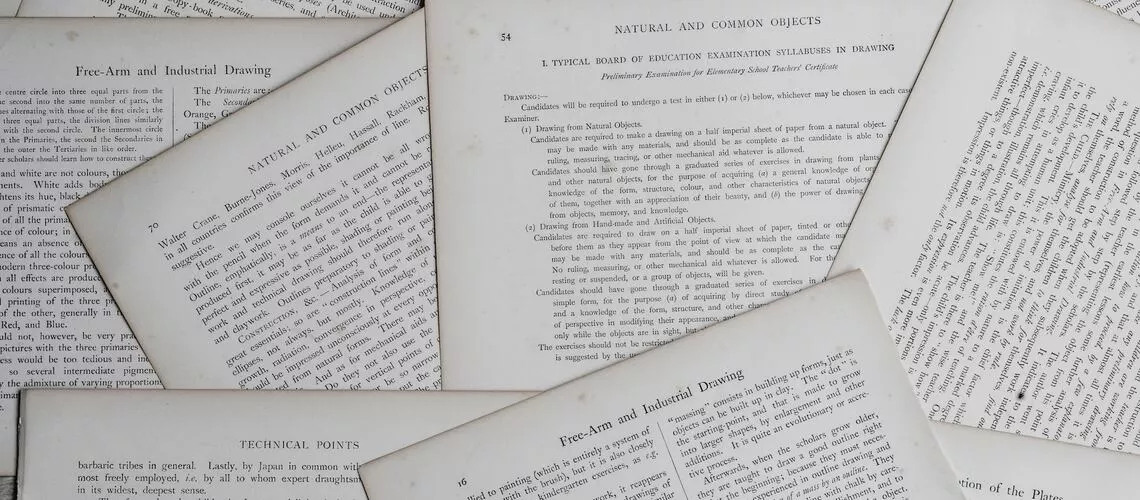A property valuation report provides an estimate of the market value of a residential or commercial property. It is an important document for property owners and real estate investors. This guide will help you understand the key sections and data points in a typical valuation report.
Property Details
- Address and property type (house, apartment, land etc)
- Land area and building area
- Number of bedrooms and bathrooms
- Special property features like pool, garage, waterfront access etc.
Knowing these basics helps provide context for the valuation.
Valuation Date
The valuation is done as on a particular date. The value conclusion is based on market conditions prevalent on that date. Real estate markets are dynamic, so a report gets outdated after 3-6 months typically.
Valuation Methods Used
- Sales comparison method
- Income capitalization method
- Cost method
The valuer usually applies a combination of these methods to derive the final opinion of value. The report should summarise how each method was applied.
Comparable Sales Data
This section lists the recent sales the valuer has used for comparison. Details like sale date, property type, area, price etc are provided in a table.
The sales prices of comps indicate the approximate current market value in that location. Adjustments may be made to account for differences in factors like property size, condition, amenities etc.
Adjustments and Calculations
The maths behind the valuation is explained here. The valuer describes the adjustments they have made to the comparable sales prices based on property features.
Any calculations related to capitalization rates, depreciation, land value percentages are shown. This helps support the final value conclusion.
Market Value Estimate
This key section states the final opinion of market value as on the valuation date. The figure is usually summarised towards the beginning too.
See if the valuation matches your expected property value. If very different, check the comparable sales used and adjustments made.
Scope of Work
States the extent of inspection done, sources referred, limitations if any etc. This provides context on the data used to arrive at the valuation.
Assumptions
Certain assumptions may be made about the condition of the property, title status, approvals etc. Review these to ensure accuracy.
Certification
The valuer certifies that the report was prepared objectively conforming to industry regulations and standards. The valuer’s credentials are also attached.
Key Takeaways
- Check date of valuation, property details for accuracy
- Understand methodology and review sales comparisons made
- Verify maths behind valuation calculations
- Ensure assumptions made match property specifics
- See if final value estimate aligns with expected market value
Thoroughly reviewing the valuation report helps you judge if the estimated property value is appropriate. Use the understanding to negotiate on price or contest the valuation if required.



